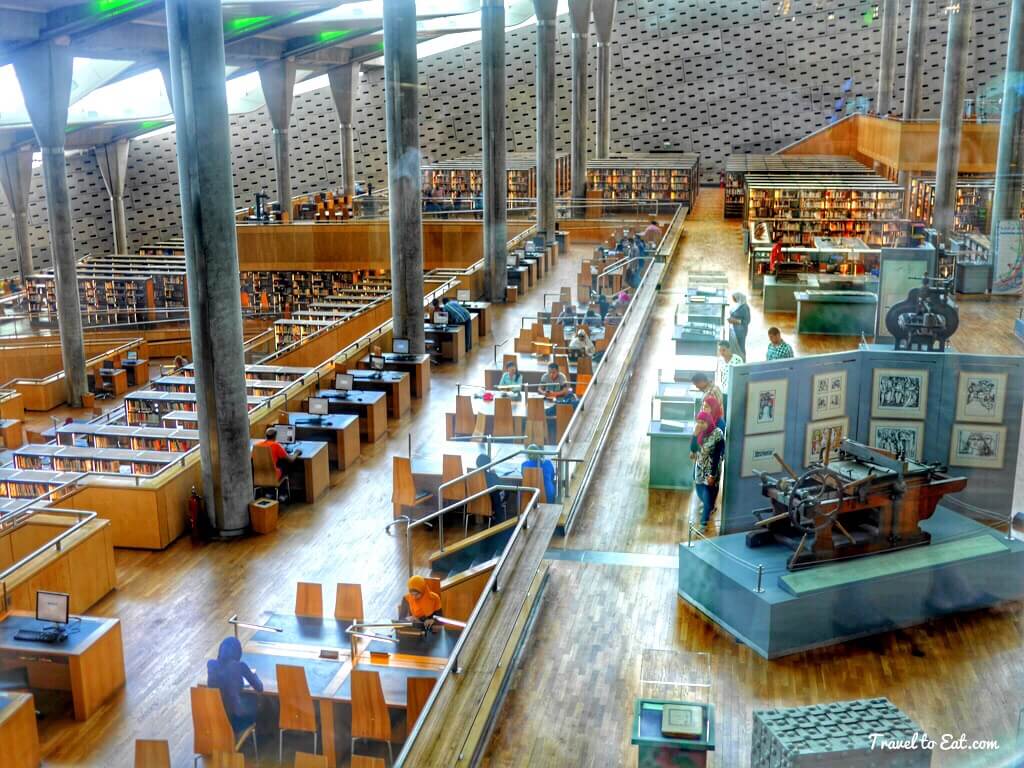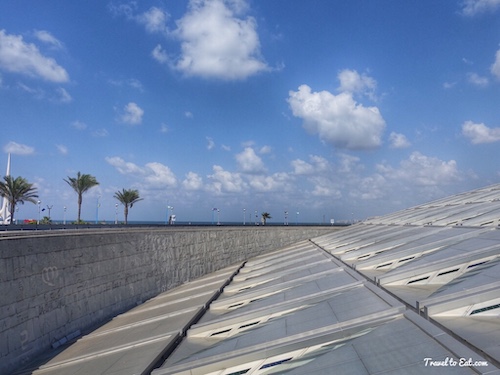
The famous burning of the Library of Alexandria, including the incalculable loss of ancient works, has become a symbol of the irretrievable loss of public knowledge. Although there is a mythology of “the burning of the Library at Alexandria”, the library may have suffered several fires or acts of destruction of varying degrees over many years. The Bibliotecha Alexandrina in Egypt is a tribute to the original Library of Alexandria lost in antiquity. The library has books in Arabic, English, and French. It is the largest repository of French books in the Arab world, and has an Espresso Book Machine, which offers print on demand books. There is also an internet archive. The Library of Alexandria was reborn in October 2002 to reclaim the mantle of its ancient namesake. It is not just an extraordinarily beautiful building; it is also a vast complex where the arts, history, philosophy, and science come together. Moreover, the many activities it offers have made it a place for open discussion, dialogue, and understanding.
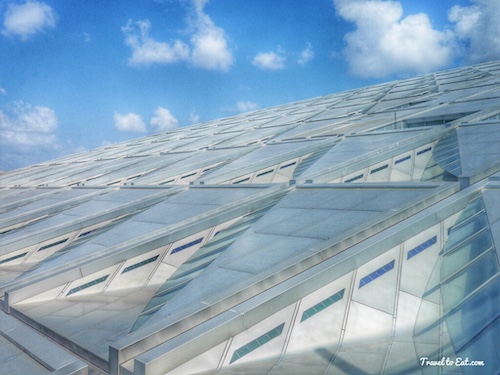
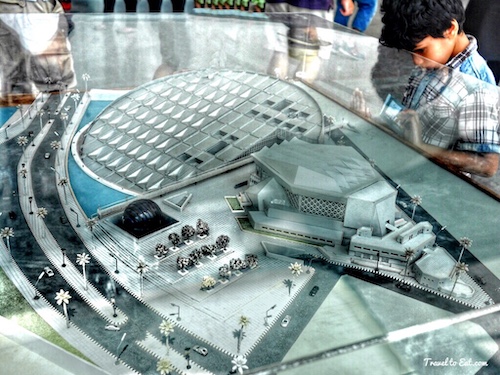
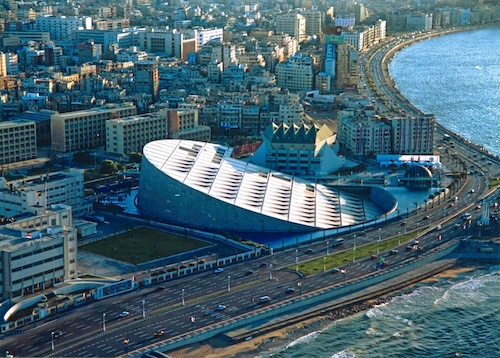

Construction of the $200 million structure was completed in 2001, and the library's design drew worldwide praise. Essentially, the library is a massive cylinder emerging from the ground at a shallow angle only about 130 feet (40 meters) from the Mediterranean Sea. The disk-shaped roof suggests the sun rising over the Mediterranean, and the roof pattern of aluminum and glass panels resembles a microchip. One outer wall of the structure is made up of some 6,400 granite panels bearing characters from all the known alphabets.
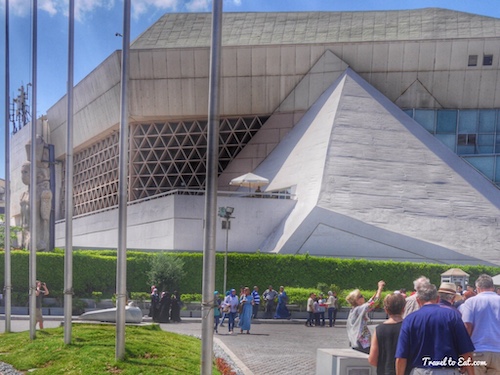
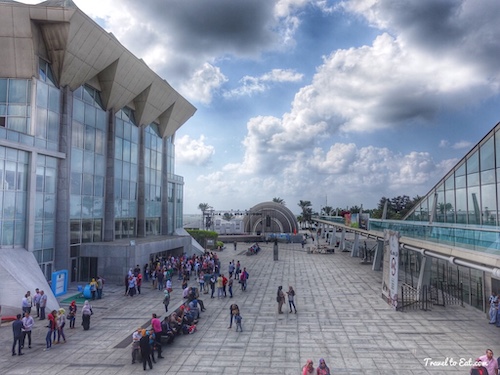

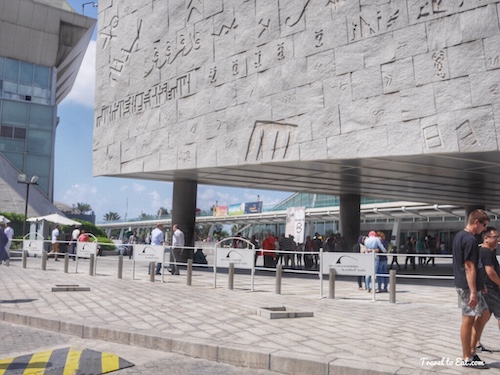
An architectural design competition was organized by UNESCO in 1988 to choose a design worthy of the site and its heritage. The competition was won by Snøhetta, a Norwegian architectural office, from among more than 1,400 entries. Criticism of the library comes chiefly from two angles. Many allege that the library is a white elephant impossible for modern Egypt to sustain, and serves as little more than a vanity project for the Egyptian government. Furthermore, there are fears that censorship, long the bane of Egyptian academia, would affect the library's collection. In addition, the building's elaborate architecture (which imitates a rising Sun) upset some who believed too much money was being spent on construction rather than the library's actual collection. As a concrete example, the many resources, including museums, all are banned to photography and external study, quite the opposite of supposed function of a library to share information.
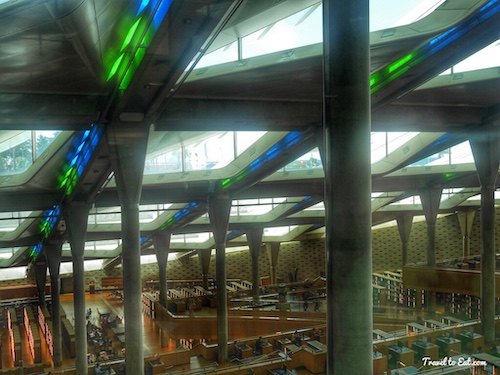
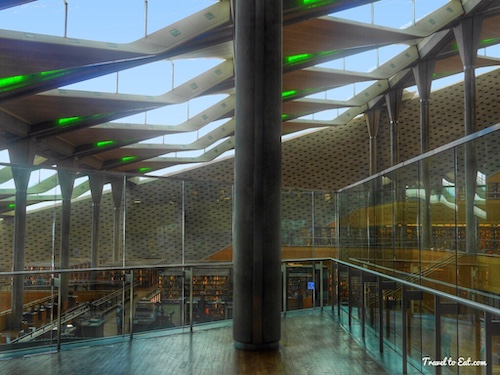

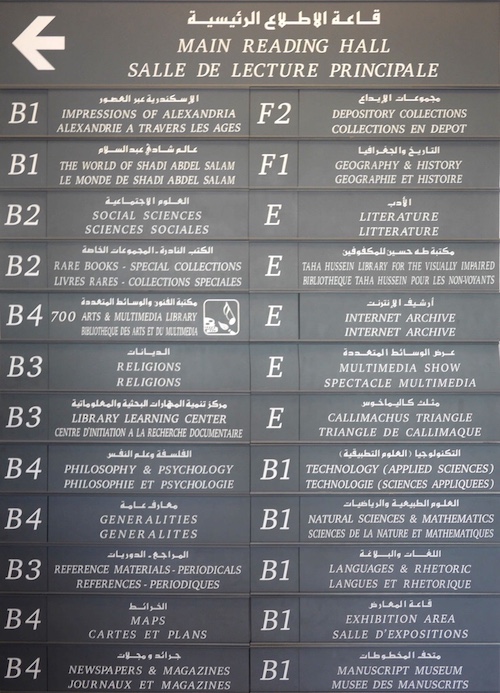
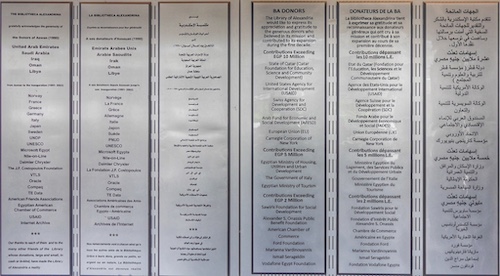
The Bibliotheca Alexandrina is trilingual, containing books in Arabic, English, and French. In 2010, the library received a donation of 500,000 books from the National Library of France, Bibliothèque nationale de France (BnF). The main reading room stands beneath a 32-meter-high glass-panelled roof, tilted out toward the sea like a sundial, and measuring some 160 m in diameter. The walls are of gray Aswan granite, carved with characters from 120 different human scripts. Established in 2001, the BA Antiquities Museum is the first archeological museum to be situated within a library. The primary aims of the museum are to promote research, creativity, and cultural awareness although, as I have stated repeatedly, no photography is allowed. Thus the stated goals of openness and promotion of research in the museum and library are just words, not born out in reality.
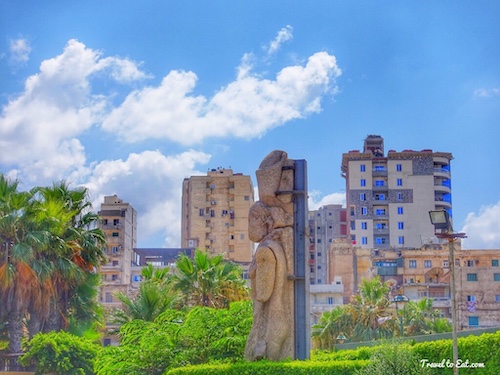
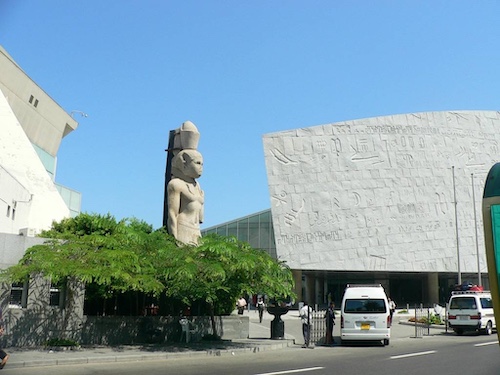
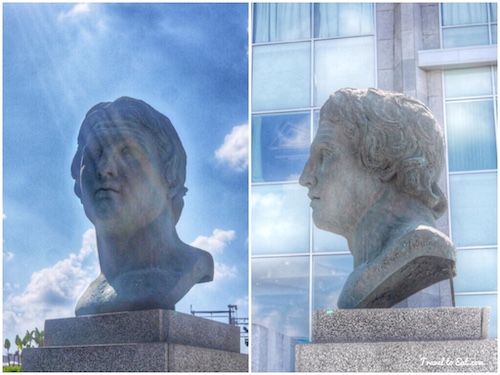
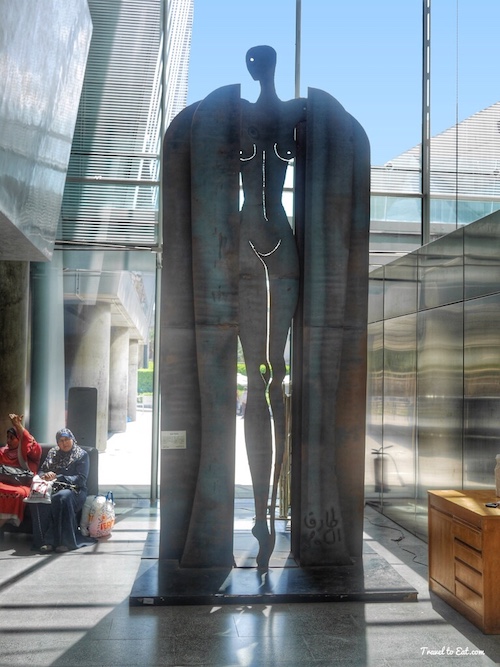
Hypatia (born 350 – 370 CE, died 415 CE) was a Greek mathematician, astronomer, and philosopher in Egypt, then a part of the Eastern Roman Empire. She was the head of the Neoplatonic school at Alexandria, where she taught philosophy and astronomy. This piece by Tarek El Koumy recalls her memory.
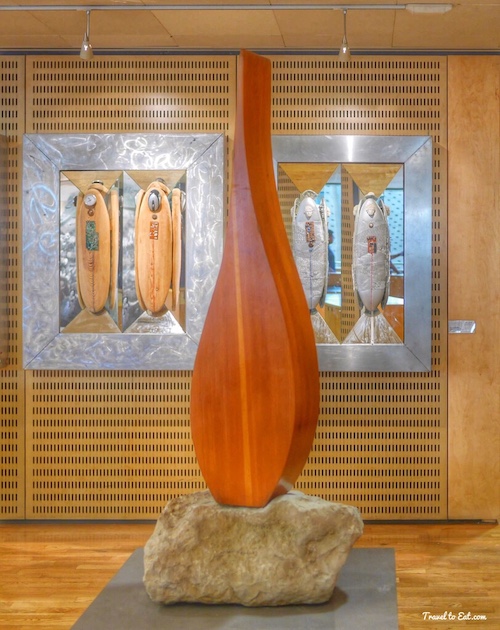
This monument is a “Symbol of Peace”. This sculptural work is a vivid reminder as well as a firm invitation to think in peace, speak in peace and act in peace. The wood symbolizes courage, warmth, beauty and singularity. The stone embodies endurance, stability and perseverance. Donated by Herta Margarete Hababurg-Lothringer and Sandor Hababurg-Lothringen, Alexandria, May 14, 2013.
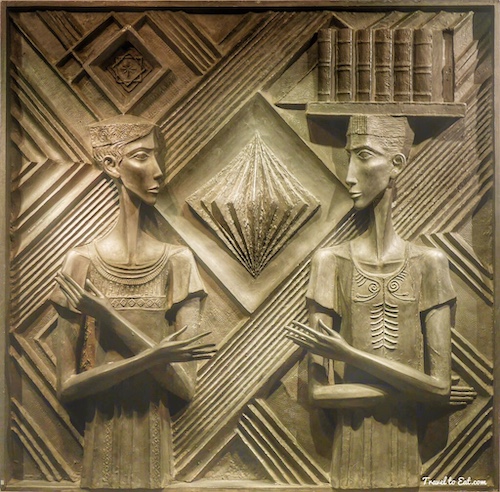
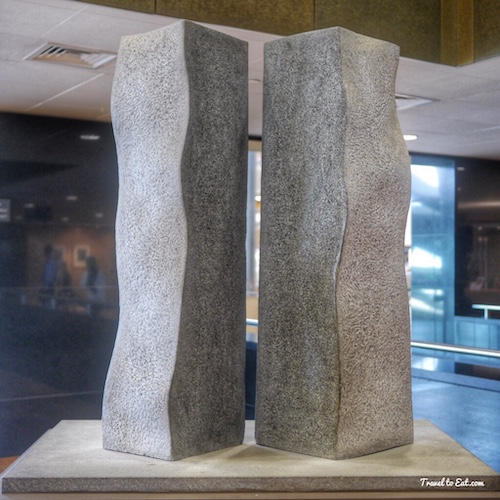
The art present in the Bibliotheca Alexandrina, mostly donated, is beautiful, luxurious and serves as a sharp contrast to the poverty right outside the walls of the museum. Surprisingly, you are allowed to photograph the modern art and as you can see, it is stunning. I particularly liked the “Flame of Peace” and the “Family Library”.
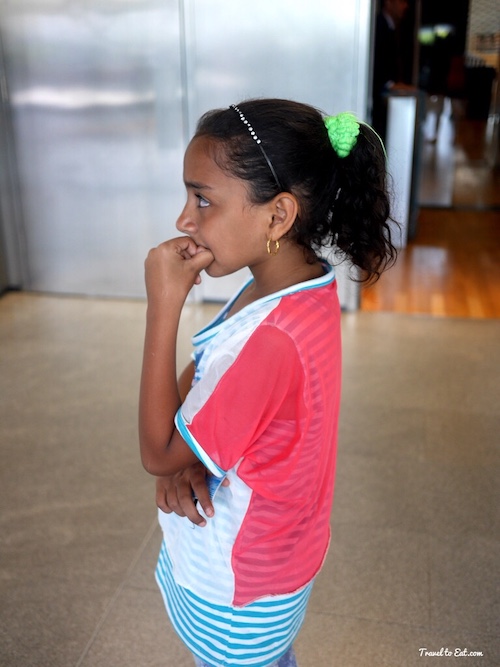
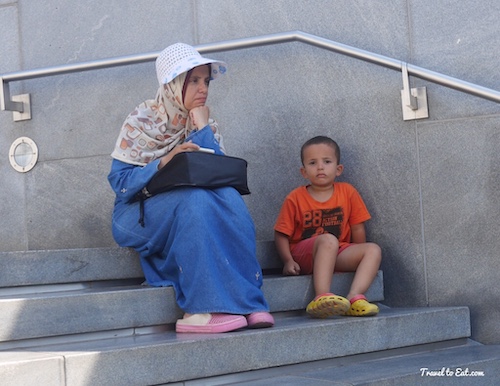
Ultimately, libraries and museums are for people, to uplift their spirits and elevate their minds. When we visited, the library was brimming with people and enthusiasm. Perhaps this gleaming image of modernity will be the spark to reignite the venerable Egyptian imagination for the new world.
[mappress mapid=”133″]
References
Bibliotheca Alexandria: http://www.bibalex.org/en/default
Alexandria: https://www.bibalex.org/Attachments/Publications/Files/201303201500376555_AncientAlexandria.pdf
World Digital Library Description de l'Égypte: http://www.wdl.org/en/item/80/

